Isfahan Travel Guide, Where is Isfahan? What is Isfahan famous for?
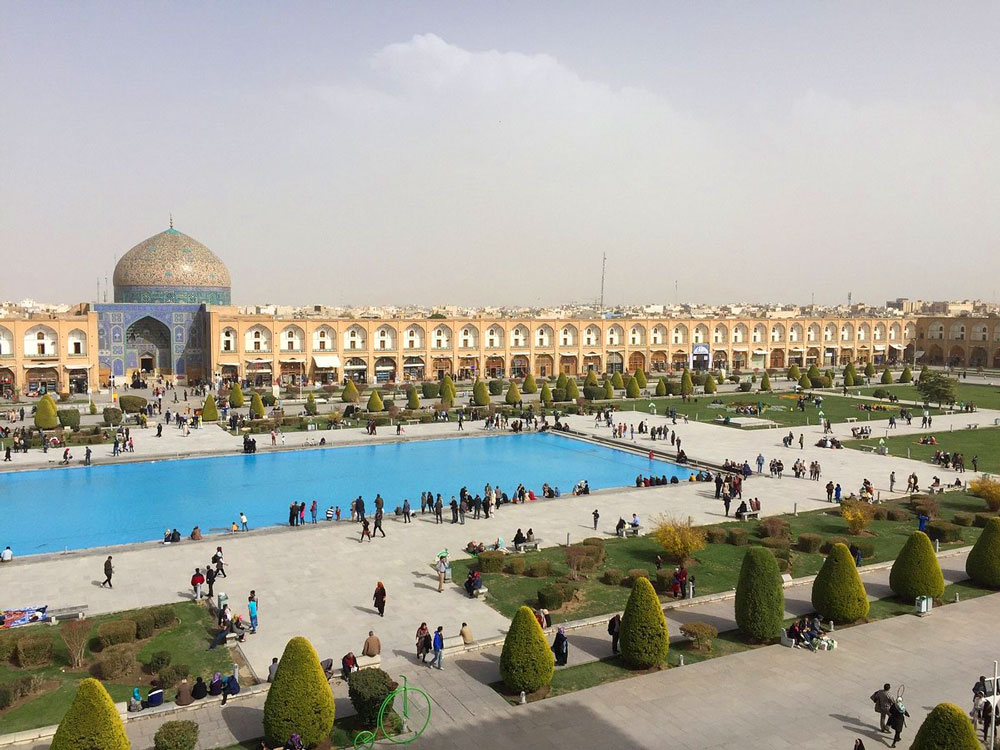
Isfahan (also rendered as Esfahan, Ispahan, and Sepahan) is called “Nisfe Jahan” or “Half the World” because of its splendid and unmatched beauty against the rest of the world. In short, Isfahan is a Heavenly Paradise.
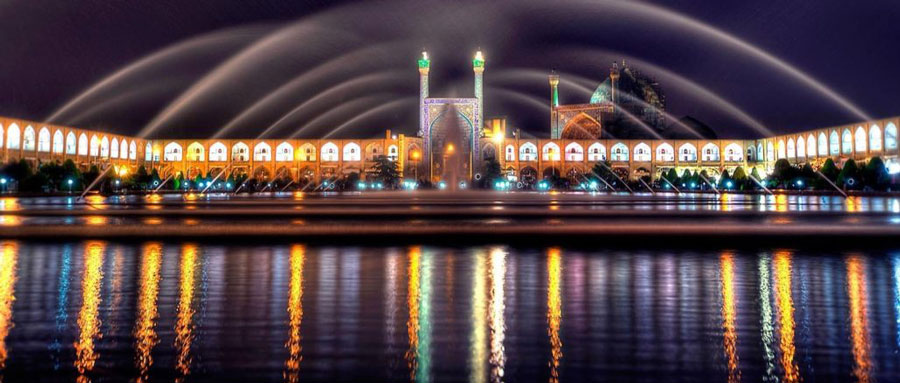
Isfahan, the capital of Isfahan Province, is one of the most visited cities in Iran. It has an area of about 231 km. At the 2016 census, the population of Isfahan was 1,961,260. Indeed, this beautiful city is the third-largest city in Iran (after Tehran and Mashhad).
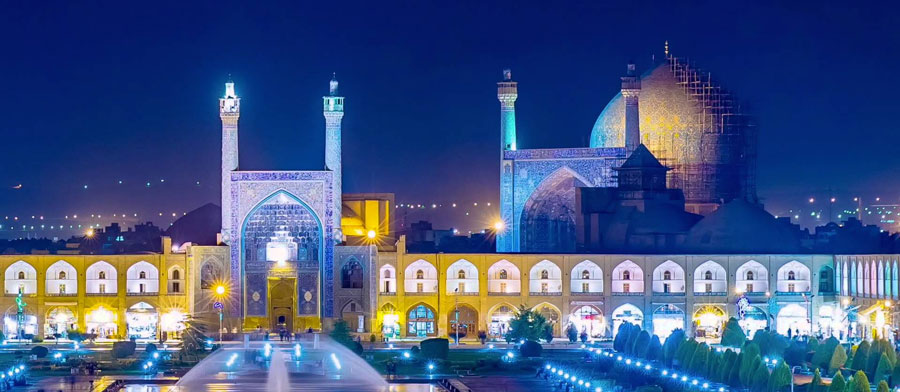
The fantastic Isfahan enjoys a moderate climate. In addition to all its natural and artificial beauties, Isfahan is located at a strategic point and it adds to the importance of the city. It connects two principal routes north-south and east-west. Therefore, it is considered an important interjection having a great role in politics and the economy of the country.
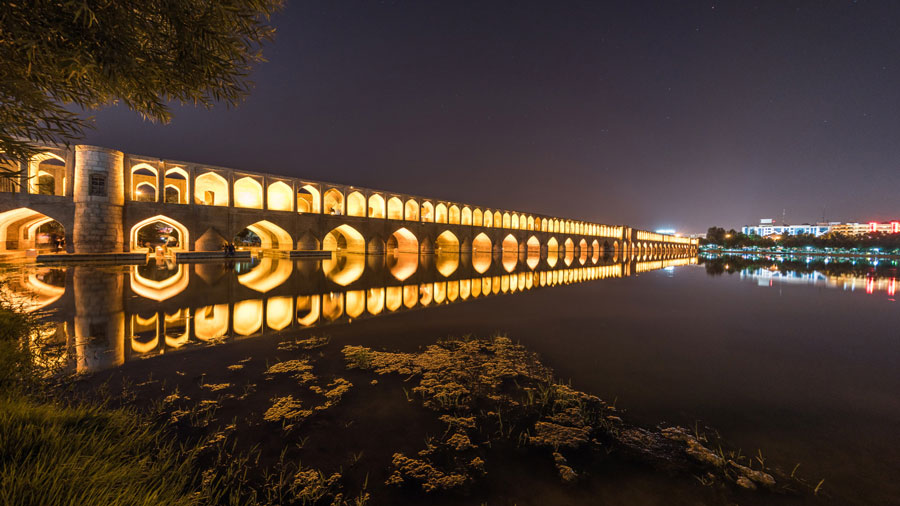
Isfahan has witnessed many peaks and valleys during its history. It has been ruled by fourteen different empires. However, this glorious city flourished under the Safavid dynasty in such a way that Shah Abbas the Great transferred the capital to Isfahan.
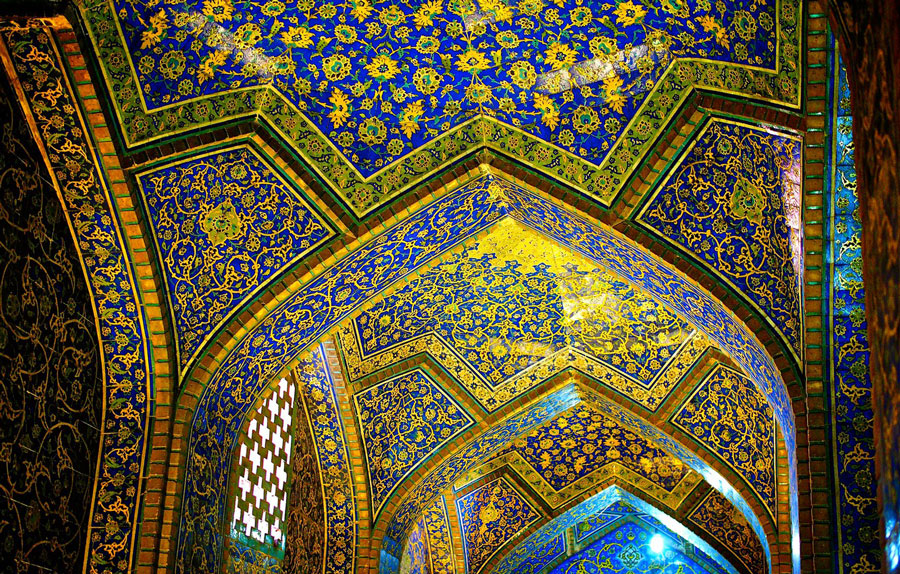
Photo by GoodFon
In fact, Isfahan was the capital of Persia in the 16th and 17th centuries. The attractions constructed during the Safavid era have made the city one of the best ones in the World. Indeed, Isfahan owns its present glory to that era. The fame of Isfahan mostly is due to the great architecture it enjoys; some of which are registered as UNESCO Heritage Sites.
Isfahan’s Day
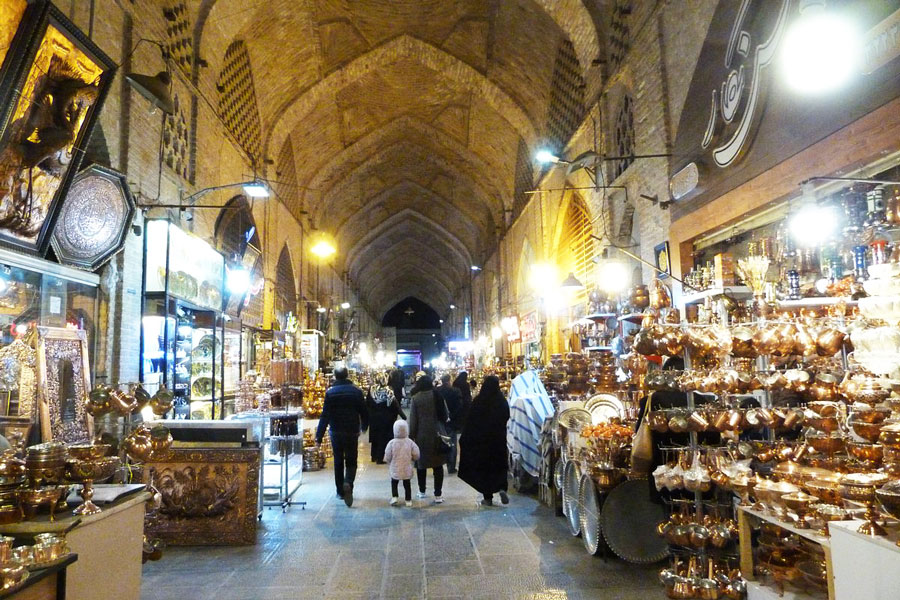
Photo by Massimiliano P
The first day of Azar, the third month of autumn based on the Persian calendar, or November 22 has been called the Day of Isfahan. On this day some special programs are held. Furthermore, the image of an archer was selected as the symbol of Isfahan’s Day. This image is the symbol of Sagittarius which is placed on the tiles above the frontispiece of the Qeysarieh Bazaar.
Isfahan’s Sister Cities
The historic cities of the world usually sign a legal or social agreement in order to promote their cultural and commercial ties. Isfahan is also a twin town or sister city with Xian (China), Kuala Lumpur (Malaysia), Freiburg (Germany), Florence (Italy), Iasi (Romania), Barcelona (Spain), Yerevan (Armenia), Kuwait (Kuwait), Havana (Cuba), Lahore (Pakistan), Saint Petersburg (Russia), Dakar (Senegal), and Baalbek (Lebanon).
Isfahan’s Arts and Handicrafts
Isfahan is the world of art. It is called the city of Iranian traditional handicrafts and arts. Indeed, Isfahan is a hub for folk arts and crafts such as metalwork, ceramics, miniature painting, Moarragh, painting and inlaid works (Khatam), minakari, kalamkari, and carpet weaving.
Regarding this, Isfahan was designated as a member of the UNESCO Creative Cities Network in December 2015. Based on this network, Isfahan commits to promoting creativity and cultural industries to strengthen participation in cultural life in the field of crafts and folk arts.
Isfahan’s Souvenirs
Isfahan is famous for its delicate handicrafts including carpet, khatam, kalamkari, minakari, metal working (qalamzani), and tile working bought by a lot of tourists and travelers as souvenirs each year.
Isfahan’s Architecture
Isfahan is an astonishing city with an amazing and impressive history and architecture. In the past, Isfahan was one of the largest cities in the world. Today, it is also called “Half the World” due to its splendid beauty, especially its architectural sites.
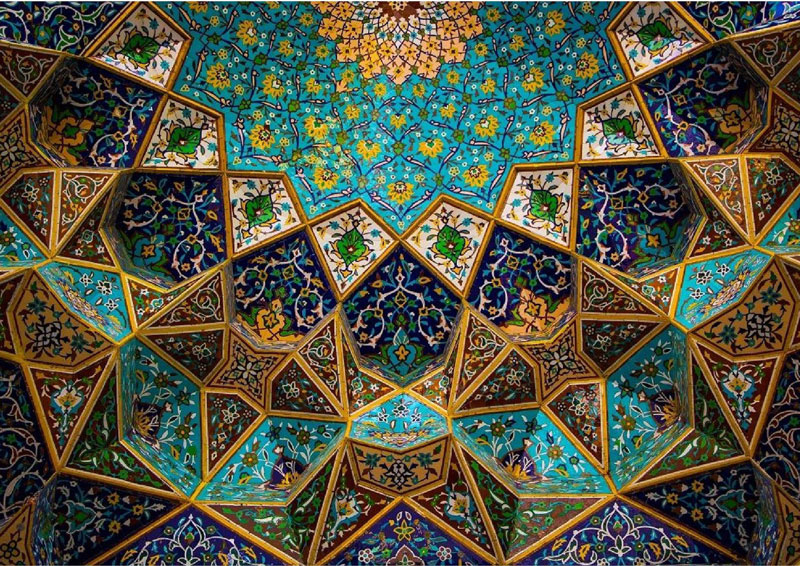
As previously mentioned, Isfahan experienced its glory and witnessed significant growth and prosperity in the Safavid era when brilliant art and architecture reached their high point and the most important sites, enjoying great art, were constructed.
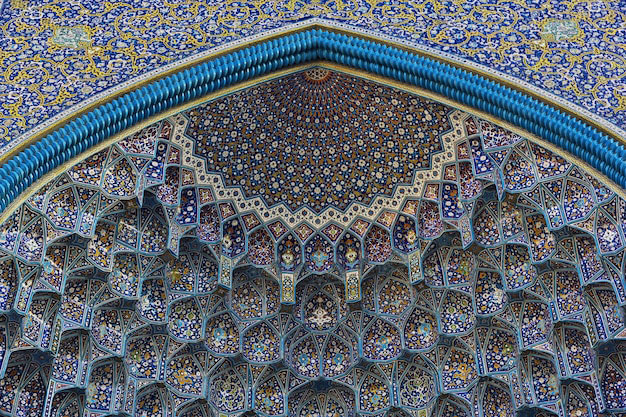
Photo by Freepik
At this time, due to urban development, magnificent mosques were built near palaces among them Imam Mosque and Sheikh Lotfollah Mosque are prominent. Other constructions such as schools, bazaars, baths, residential buildings, and caravansaries were built around them.
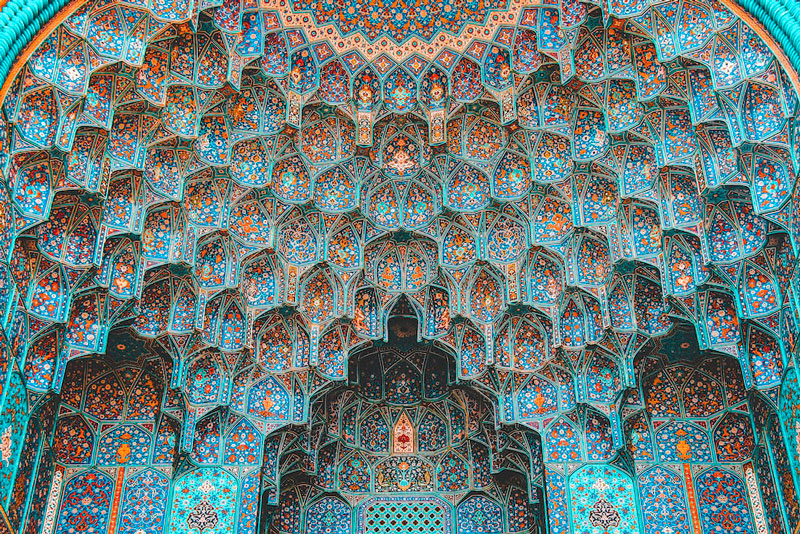
“Isfahani Style” emerged in the Safavid era and developed during the 16th to the early 20th century under Safavid, Afsharid, Zand, and Qajar dynasties. In this style, unlike the complexity and strong geometry of “The Azeri Style”, the planes are mostly simple, square, or rectangular.
The façades are also plain. They all were decorated with fantastic seven-color tiles, and magnificent stucco decorations are still preserved. Among Isfahan’s attractions, some are prominent and should be on your bucket list.
Isfahan’s Tourist Attractions
Naqsh-e Jahan Square
Imam Square, Shah Square, or Naqsh-e Jahan is one of the most important historical sites of Isfahan constructed between 1598 and 1629. It is also registered among UNESCO’s World Heritage Sites. It is 160 m wide and 560 m long. This square is surrounded by Imam Mosque (its ceilings are among the most gorgeous ceilings in the world) on the south; Ali Qapu Palace on the west; Sheikh Lotf Allah Mosque on the east; and Qaisarieh Gate on the north.
Imam Mosque
Imam mosque which is also called Shah mosque or Royal mosque was constructed in 1020 A. H. by Shah Abbas I during the twenty-fourth year of his reign. The decoration and extension of this mosque were completed after him by his successors. It is considered the masterpiece of the 16th century. Its tile work, stone carving, and architecture are outstanding. One of the most interesting characteristics of this architecture is the echo of sounds in the center of the dome with a 52 m height.
Sheikh Lotf Allah Mosque
This masterpiece was built during Safavid Empire. It was started to be constructed in 1603 during Shah Abbas I reigm.
Ali Qapu
This palace was constructed under the order of Shah Abbas I in the early 11th century A.H. It is forty-eight meters high and has five floors each has its own decorations.
Qaisarieh Bazaar
This bazaar was one of the largest and most luxurious shopping malls in old Isfahan. Today, it is a great supplier of handicrafts. It was constructed in 1029 A.H. in the Safavid era. The entrance to this bazaar is through a majestic gateway. This gate was decorated with paintings and mosaic tile works representing two archers with lion torso and a dragon’s tail.
Chehel Sotoun Palace
The Chehel Sotoun or Forty Columns Palace is another sight in Isfahan. Along with its garden, it covers an area of 67,000 sqm. It was also constructed during Shah Abbas I reign. It is called Chehel Sotoun because the reflection of the twenty pillars of the hall in the pool opposite the palace brings about a conception of forty pillars.
Hasht Behesht Palace
This palace was built in 1080 A.H. during the rule of the Safavids. The edifice was the residential palace of the last kings of the Safavid dynasty. The tilework of the building represents different kinds of birds, wild animals, and reptiles. A park has been built around it after the Iran Revolution.
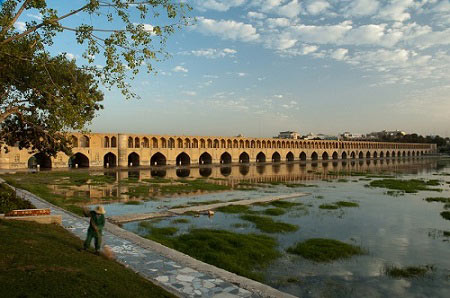
Si-o-Se Pol
It is a unique bridge built during the reign of Shah Abbas I. It is approximately 300 m. in length and 14 m. in width and is the longest bridge on the Zayandeh Rud River. It was constructed in 1005 A.H. Julfa Armenians held “The Khaj-Shouyan” ceremony around this bridge.
Khaju Bridge
This bridge was constructed in 1060 AH, under the orders of Shah Abbas II. However, the foundation took in the late Timurid period. In its center there is a structure known as the Beglarbegi construction.
Vank Cathedral
This Church is located in Jolfa’s vicinity. The construction started in the reign of Shah Abbas II in 1065 A.H and was completed in 1074 A.H. The interior of the church is richly decorated with painting decorations, interesting tile works, and beautiful oil paintings of Jesus Christ’s life.
Monar Jonban
Monar Jonban or the swinging minaret comprises a mausoleum and two minarets. Its architecture is based on Mongol architecture. All tile works remind you of that era. It was constructed on the tomb of “Amoo Abdollah” a reputed personality of the 8th century A.H.
Isfahan Tours
There are a lot of interesting places to visit in Isfahan both historical and natural landscapes.
If you are interested in traveling to Isfahan and some other important cities in Iran, we offer you the following tours with the best services and qualities:
Persian Land of Mystery Tour (10 Days)
Persian Empire’s Image (12 Days)
Cooking around Iran (13 Days)
Iran Holiday Tour Package (11 Days)
Or you can visit Isfahan, "Half the World" with this Budget Tour:
Persian Romance (8 Days)
Iran Sun World, as an Iranian Tour Operator, welcomes travelers to enjoy Iran’s natures, Iran’s architectures, Iran’s historical places, Iran’s sports, etc.
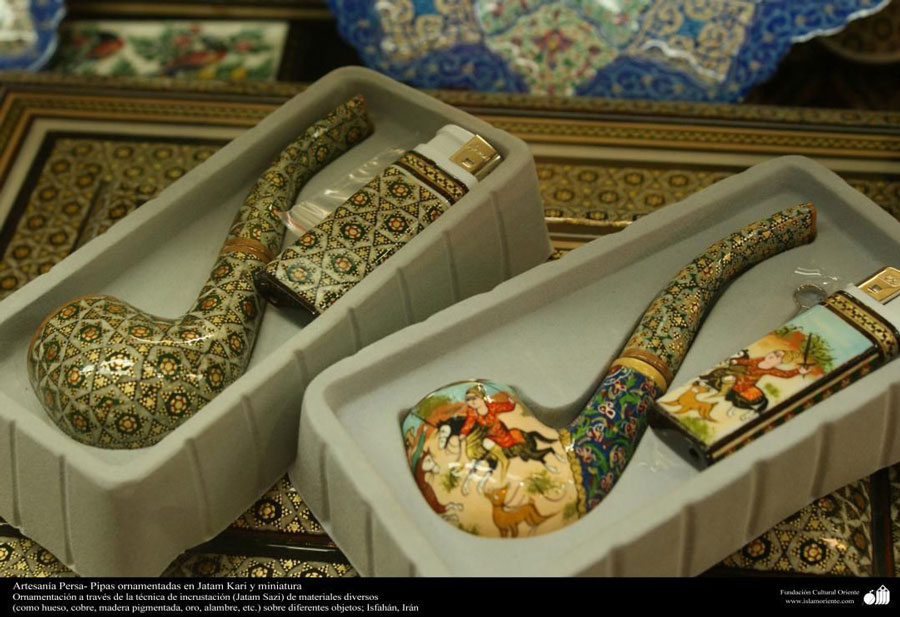
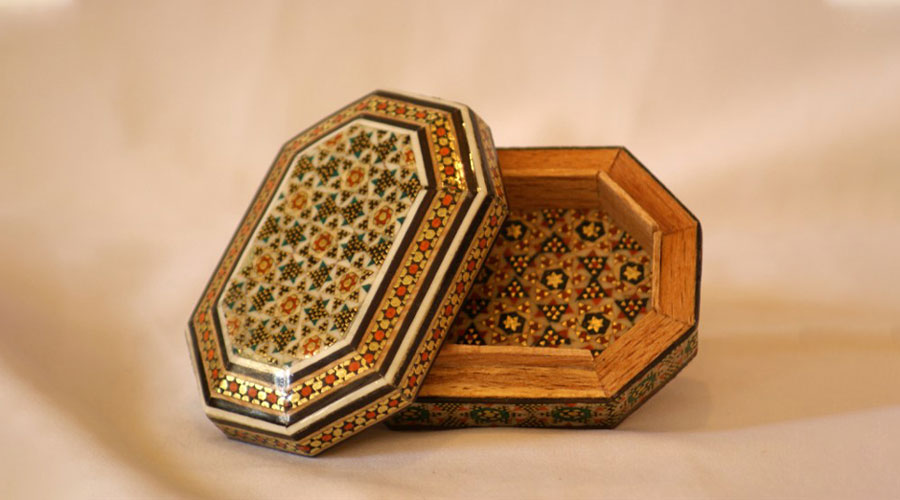

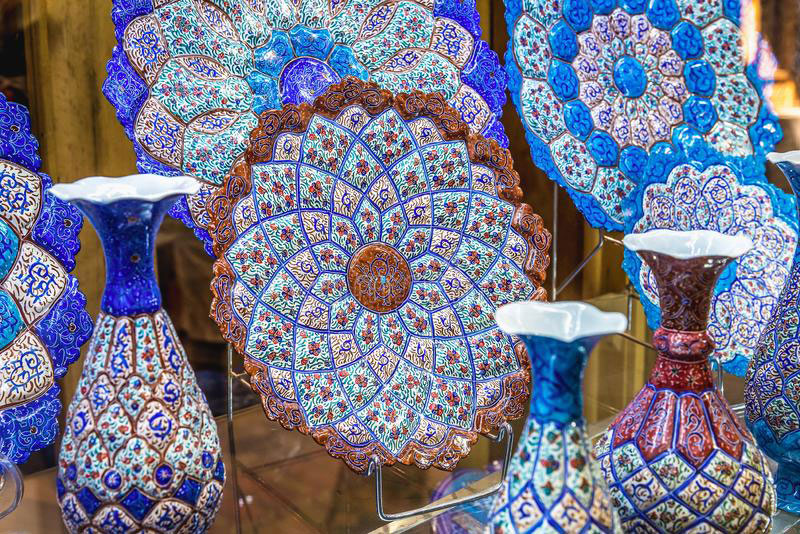
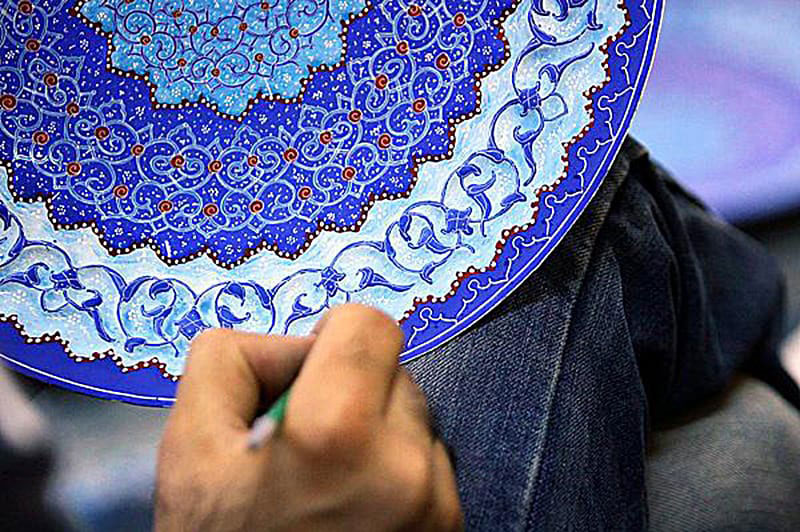
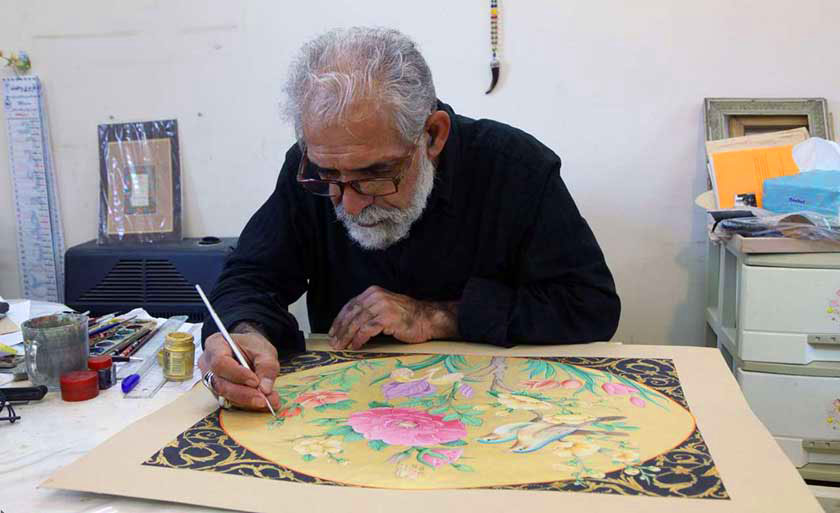
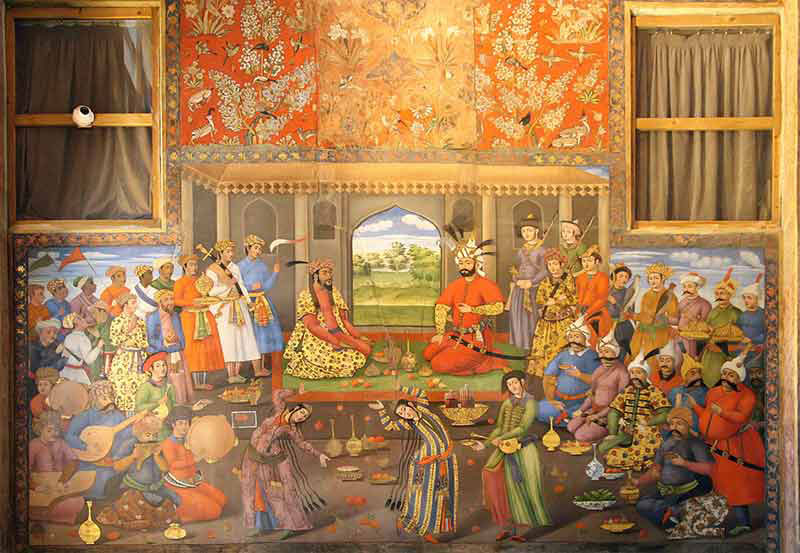

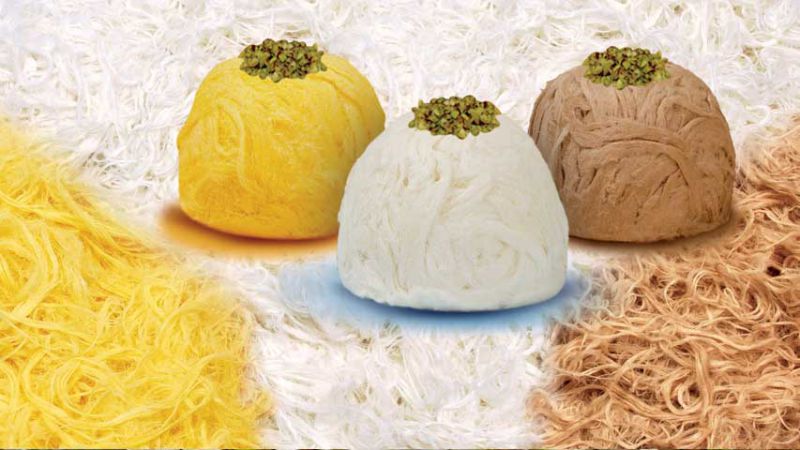
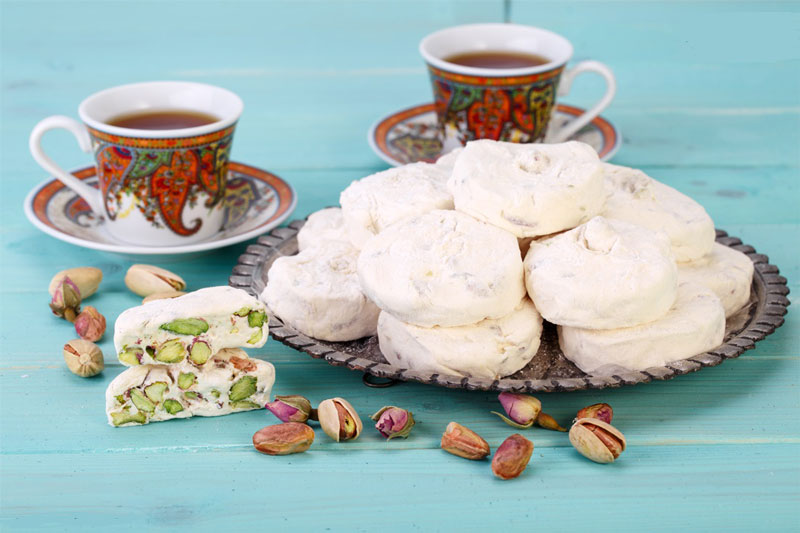
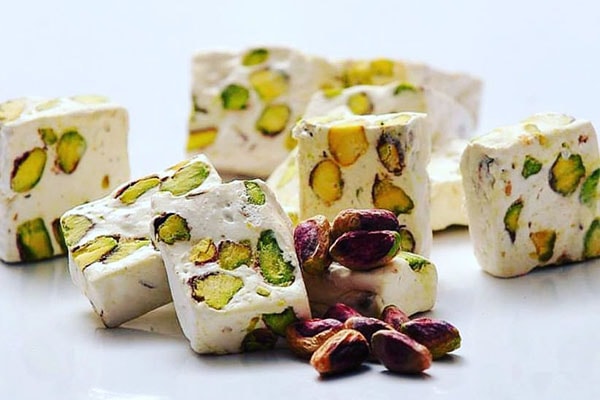
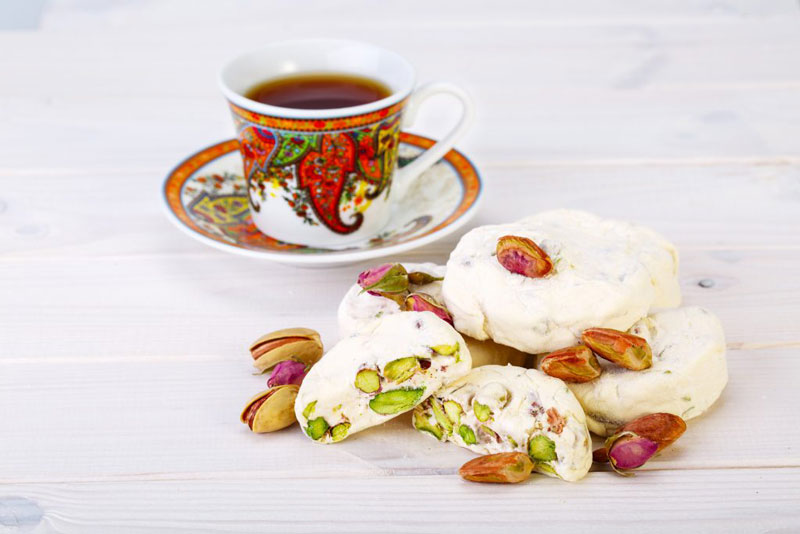
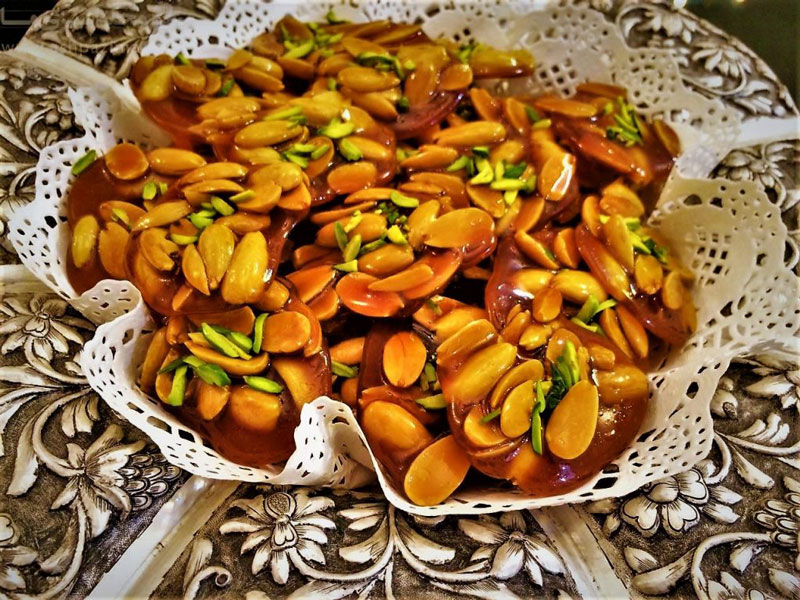
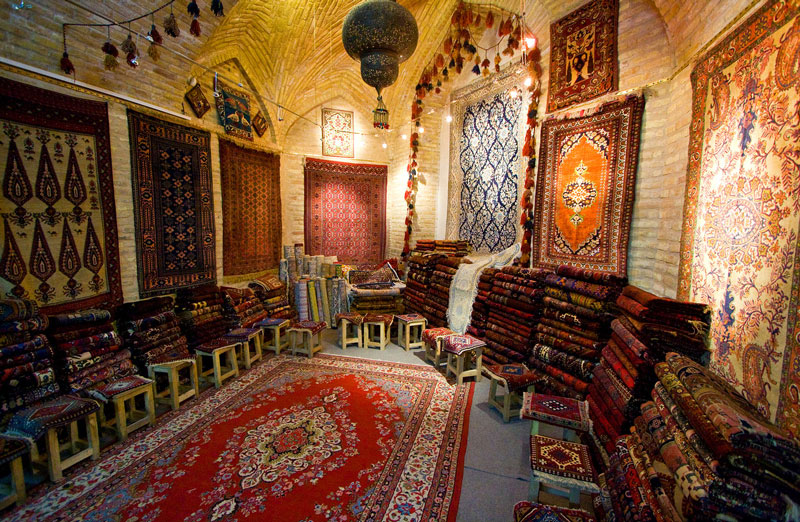
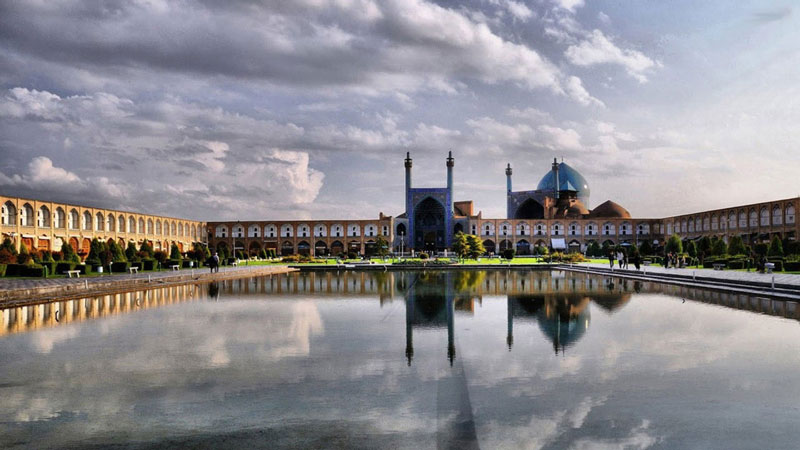
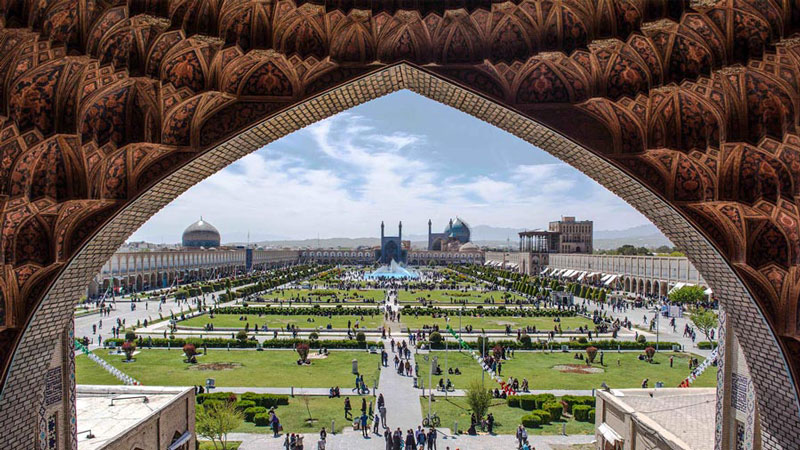
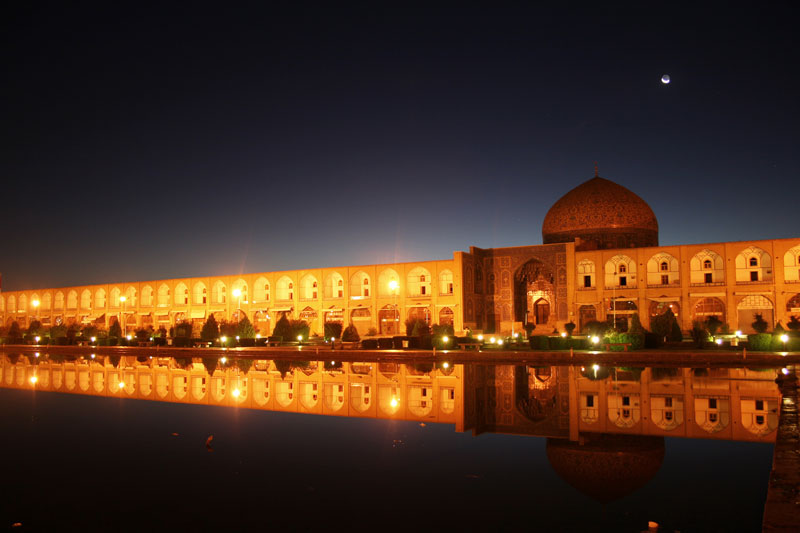
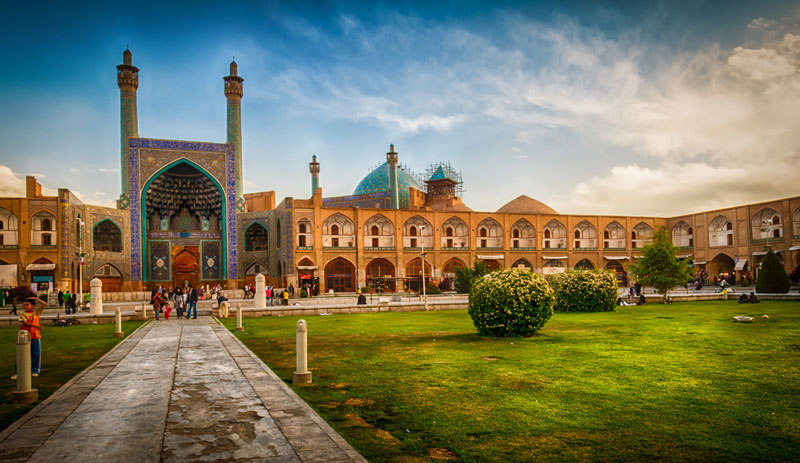



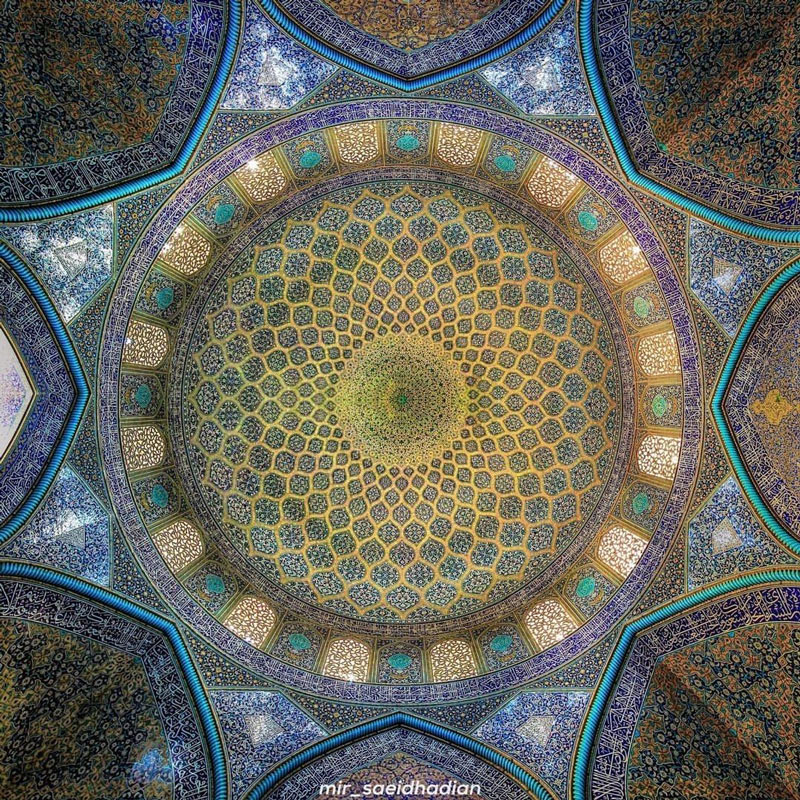
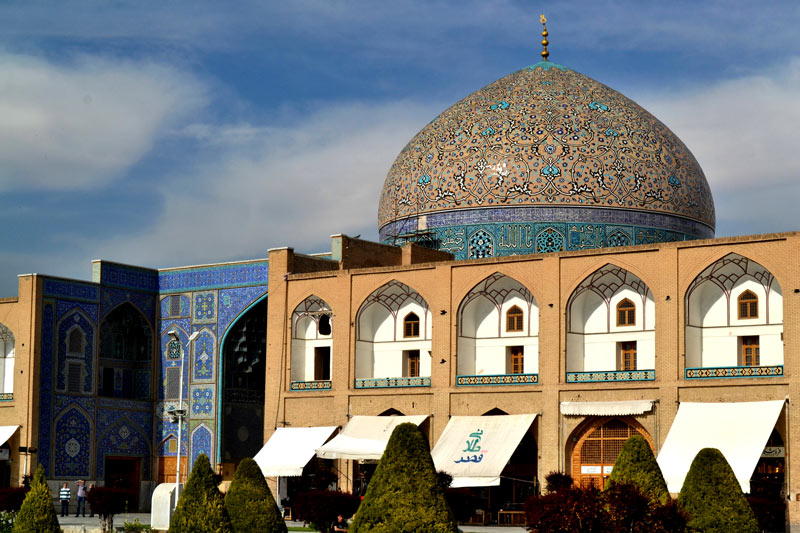
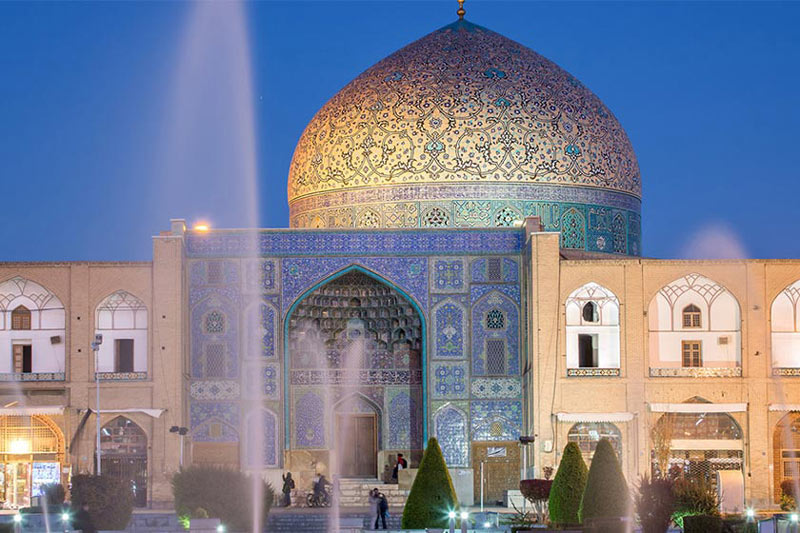
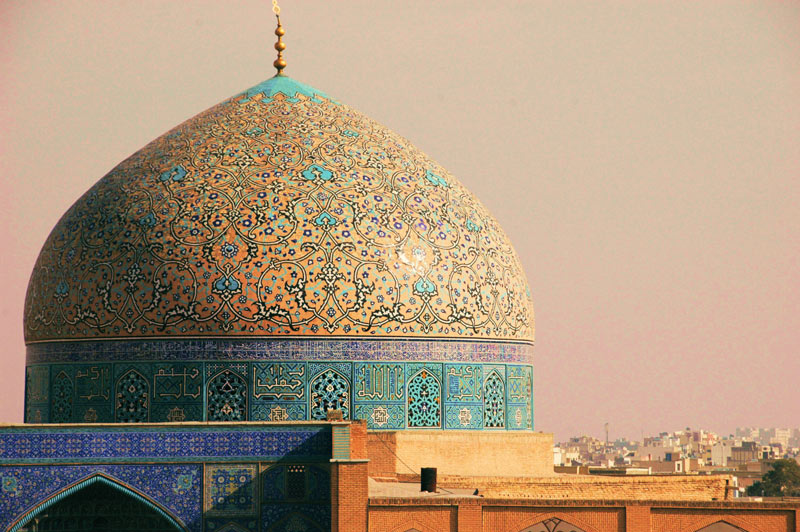

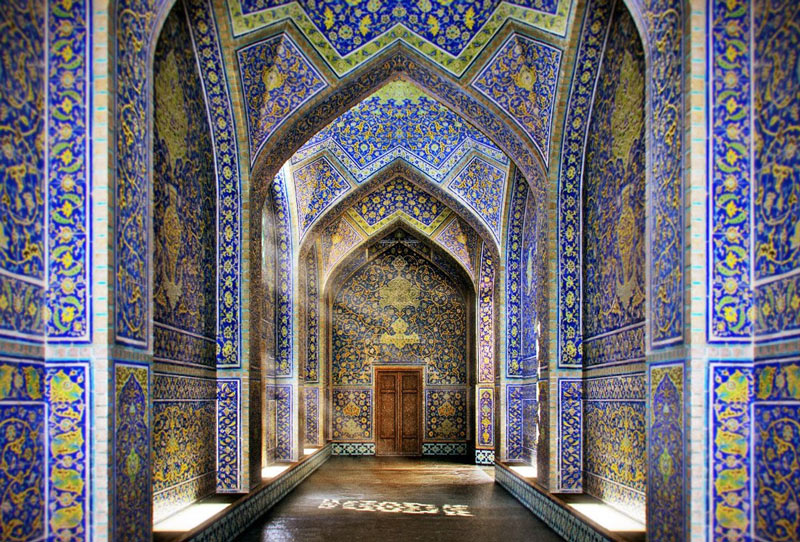
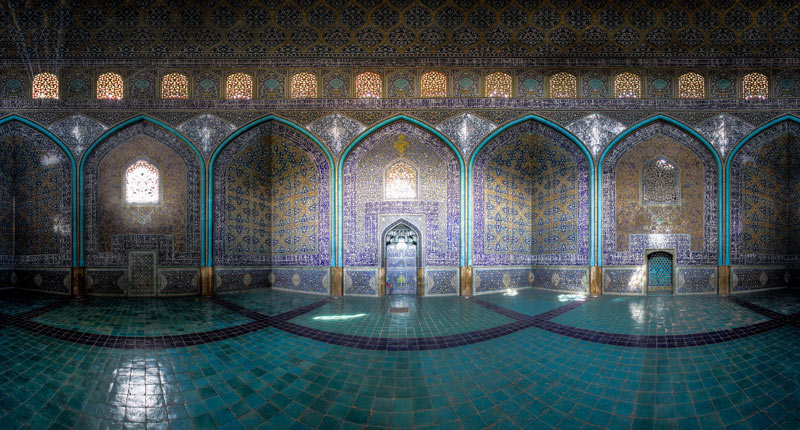
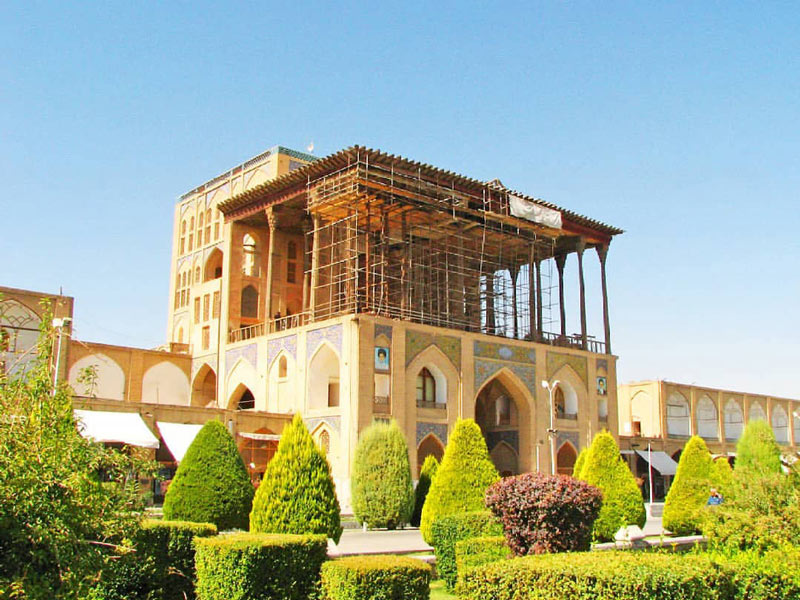



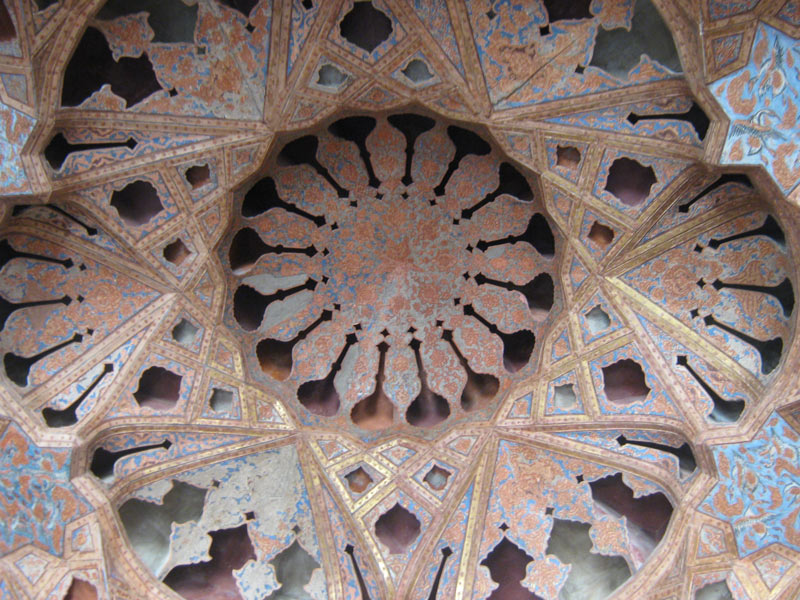
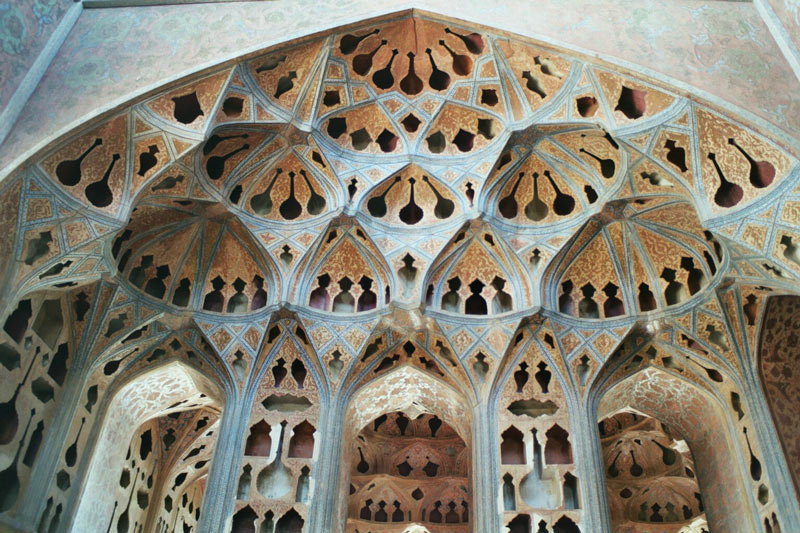
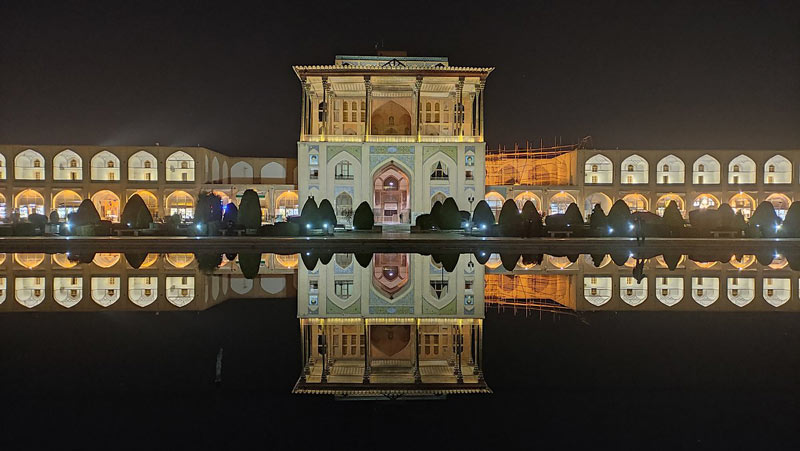
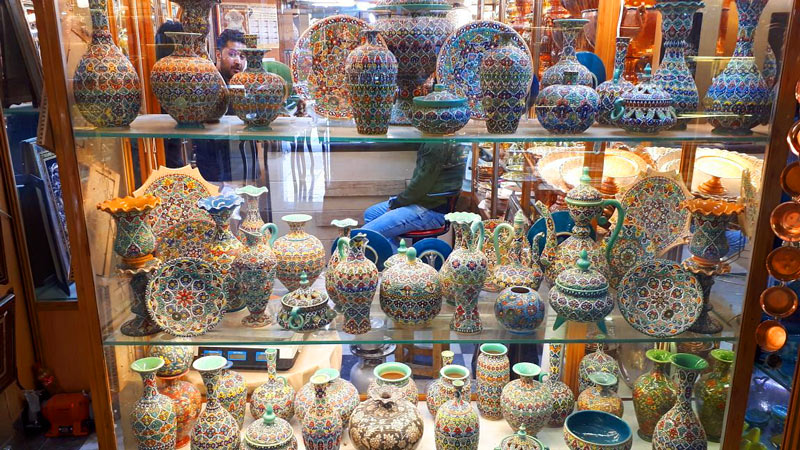
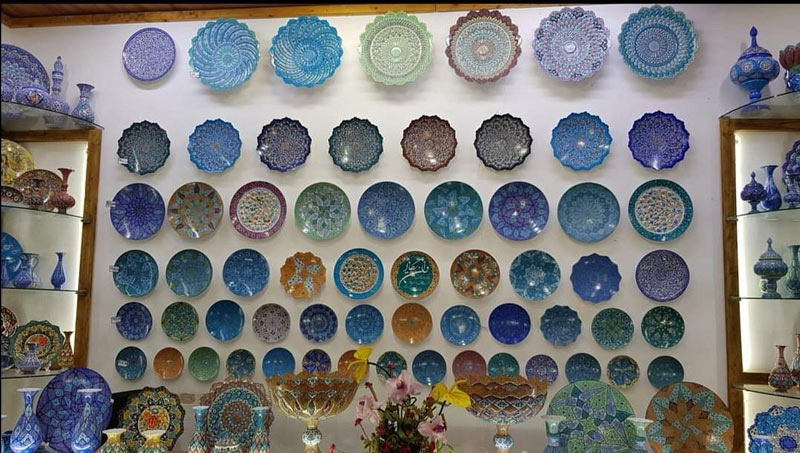
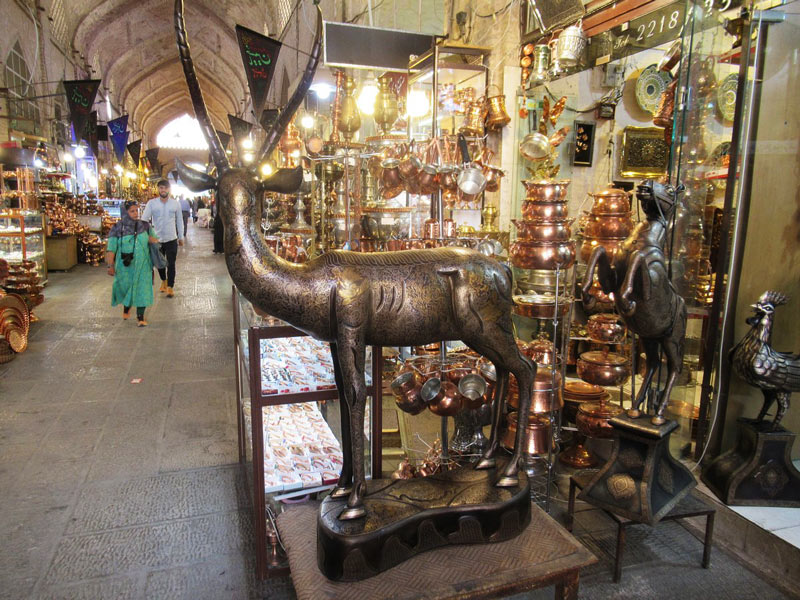
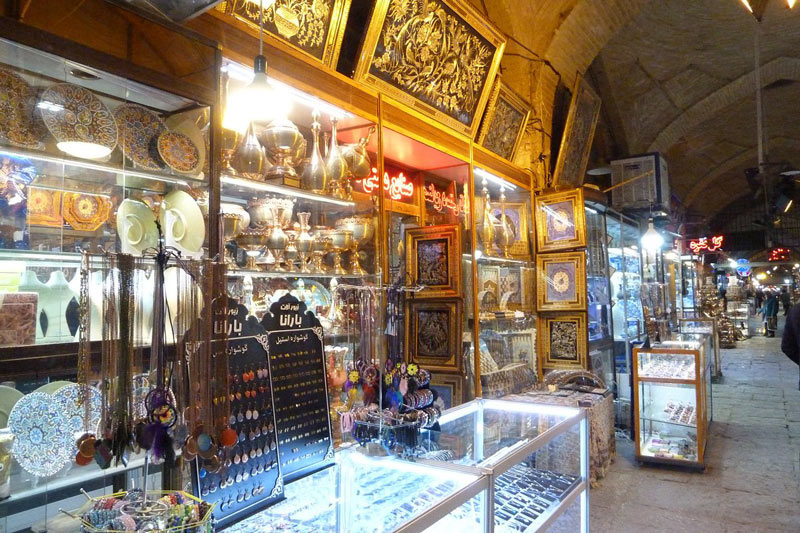
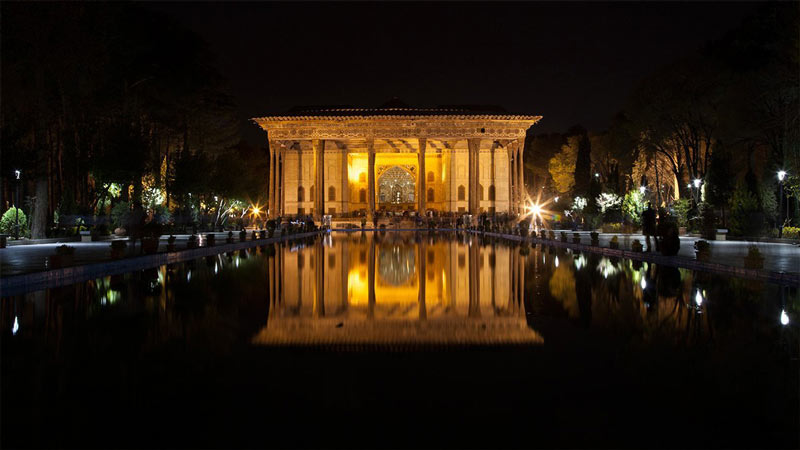
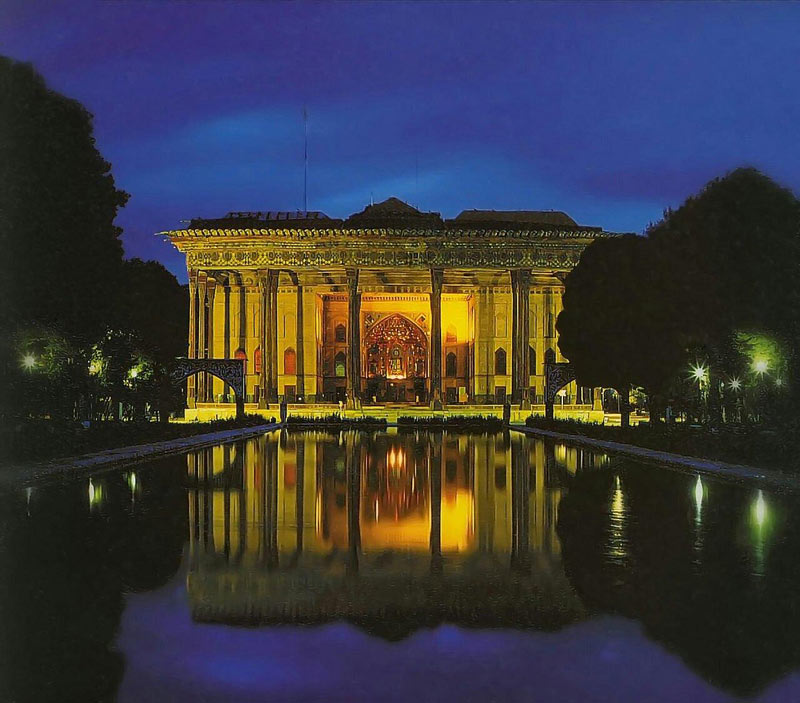
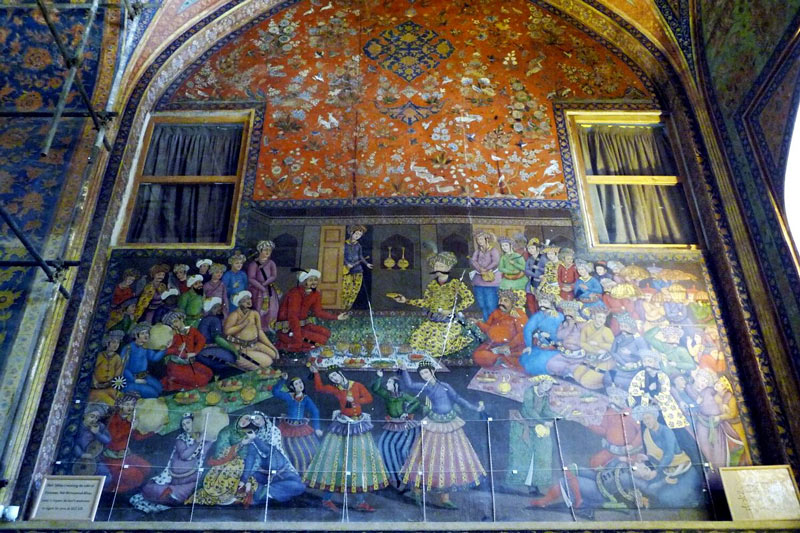
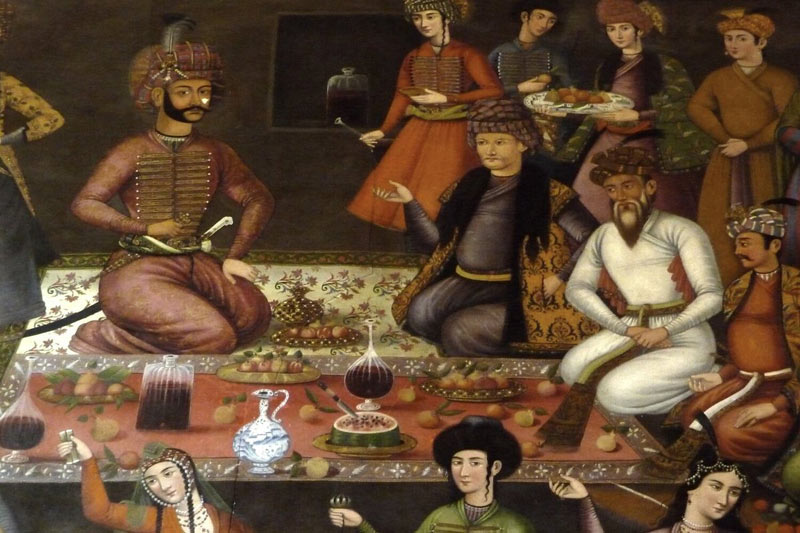
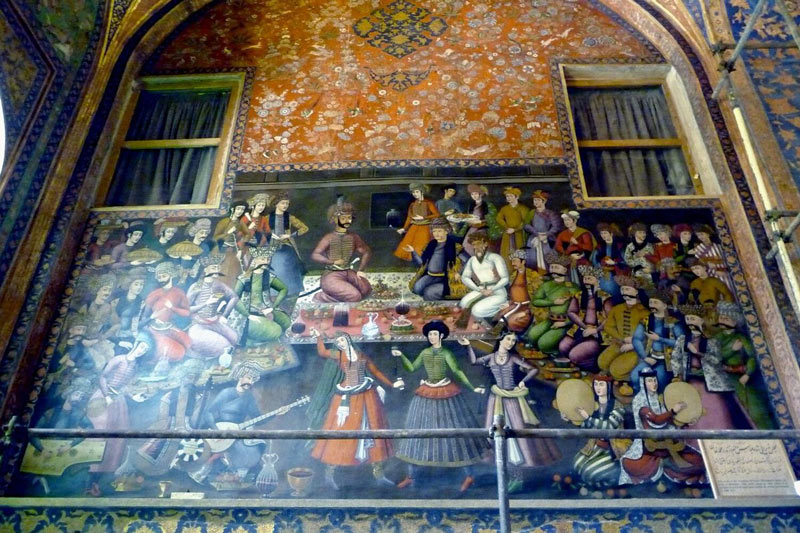
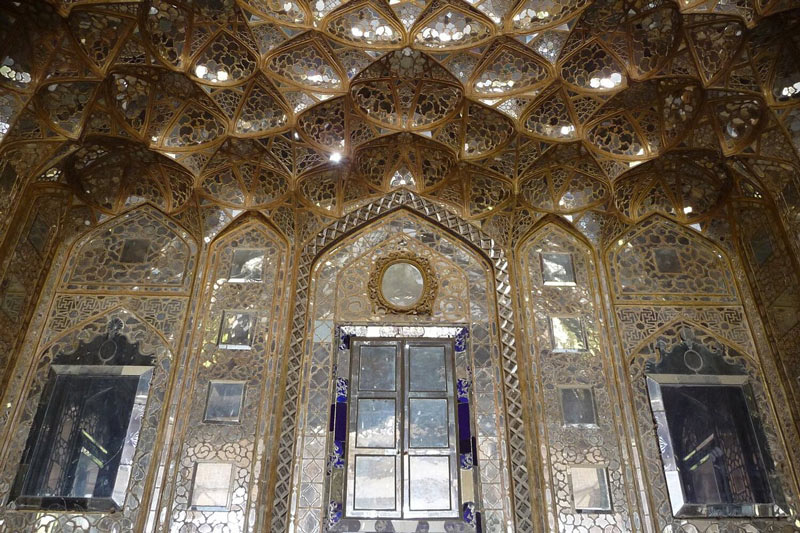
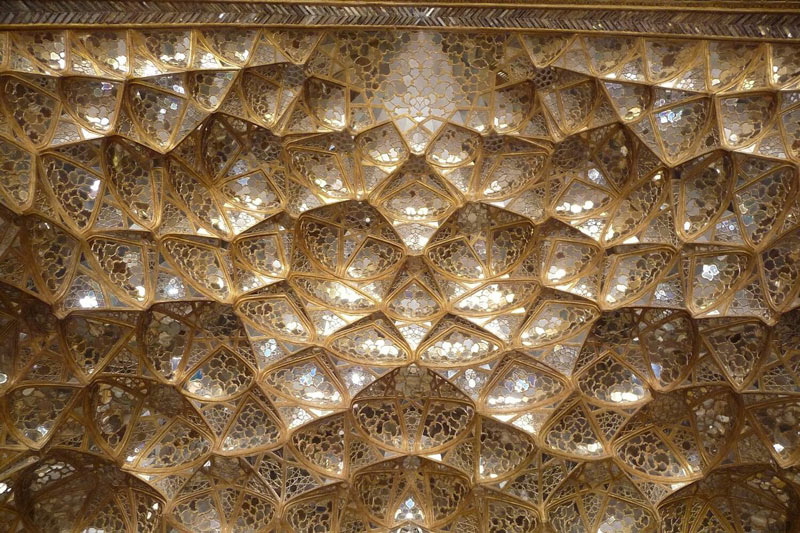
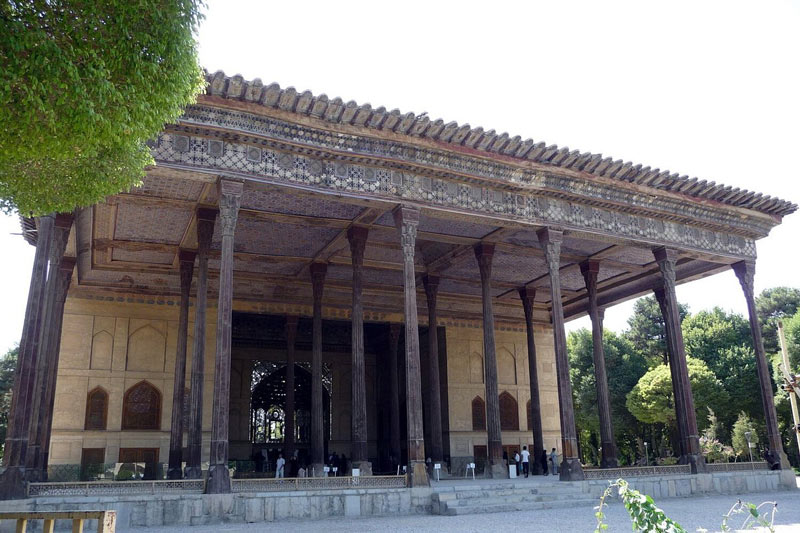
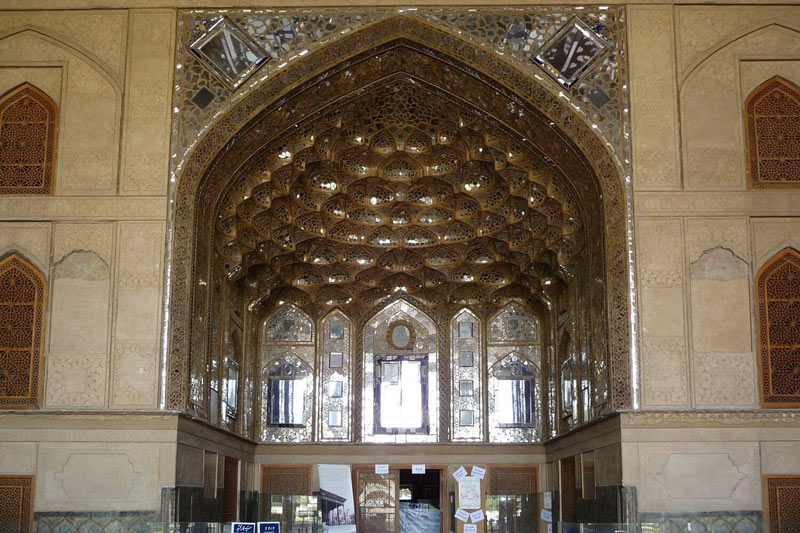
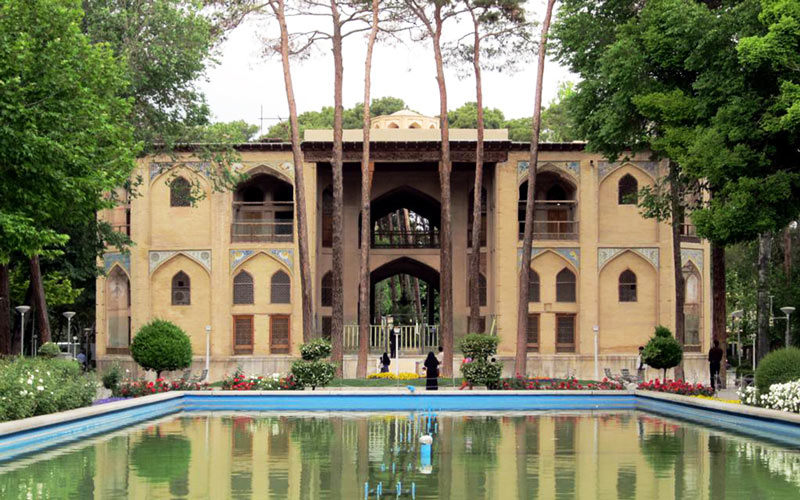
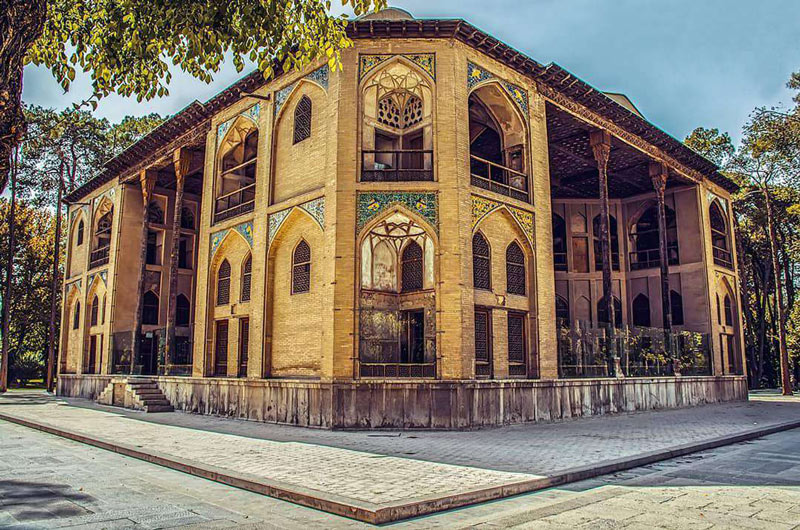
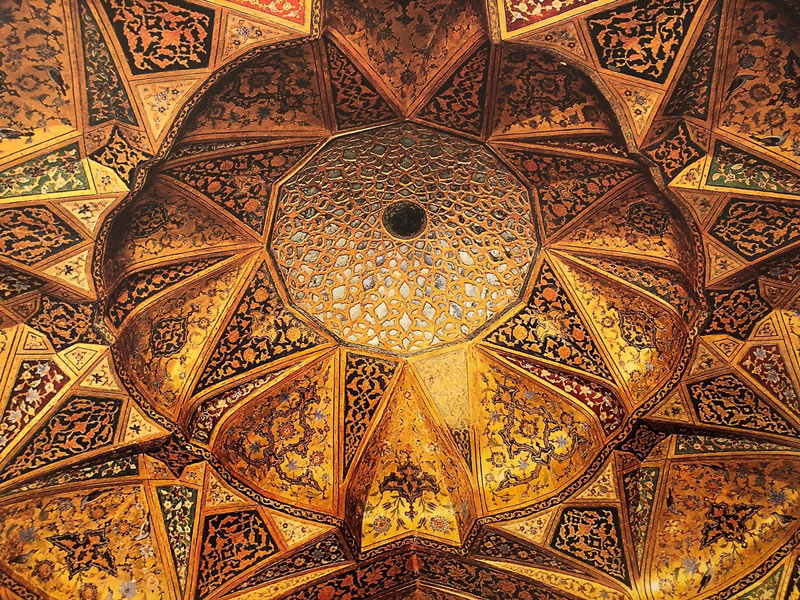

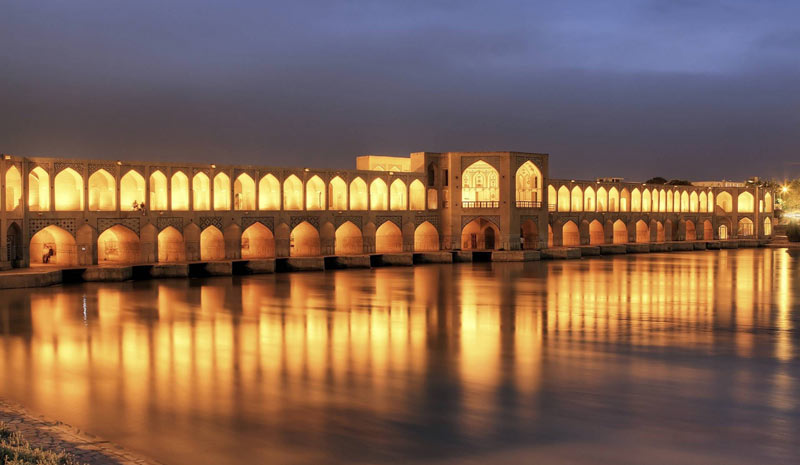
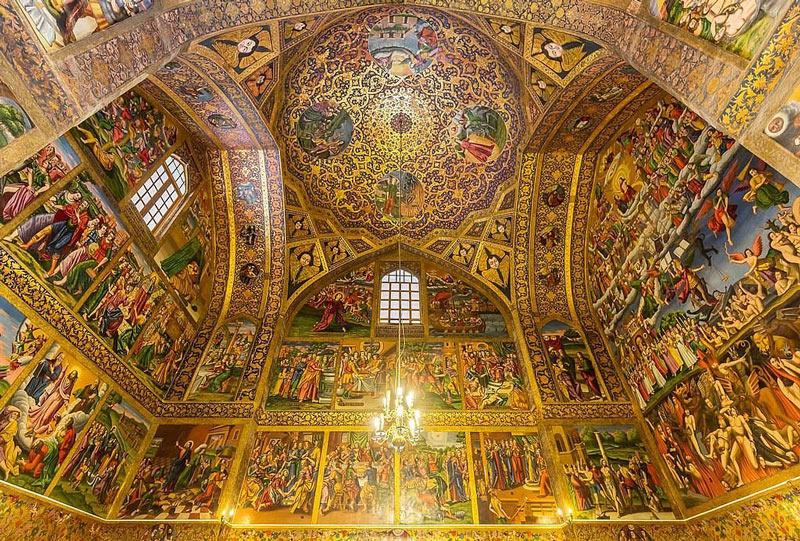

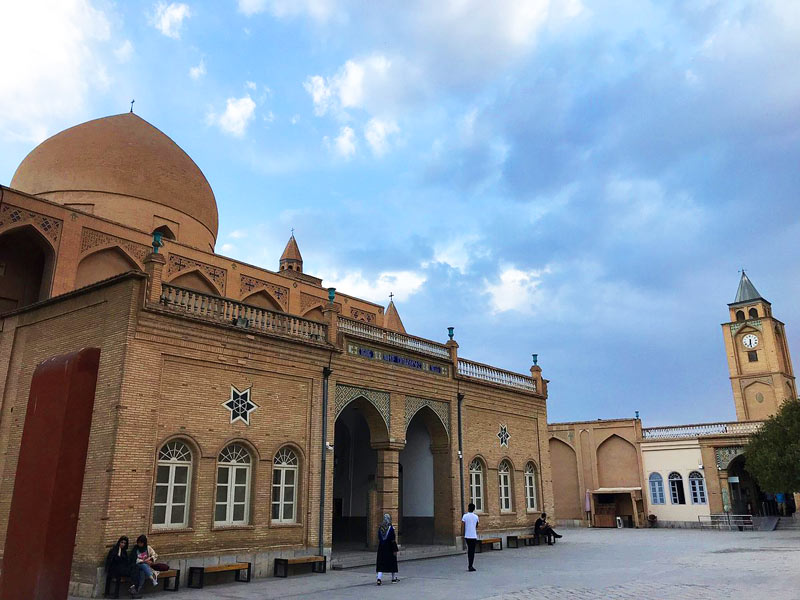
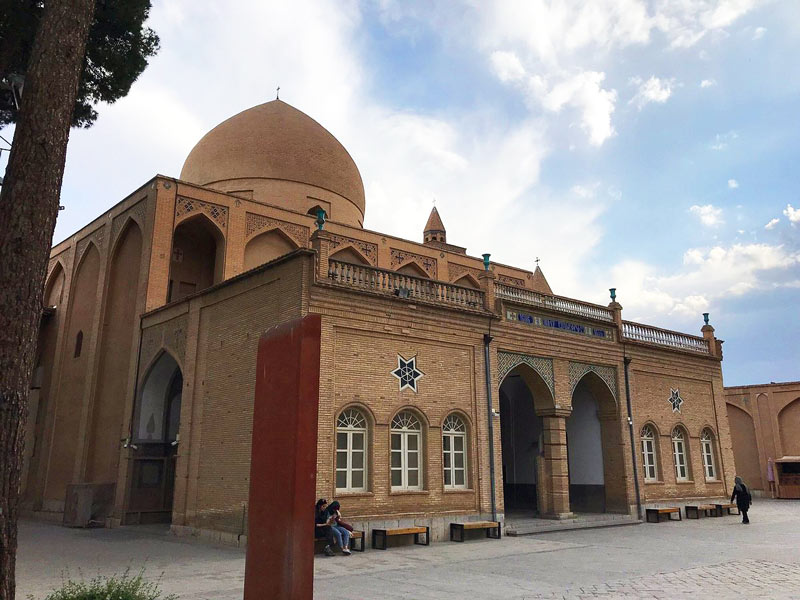
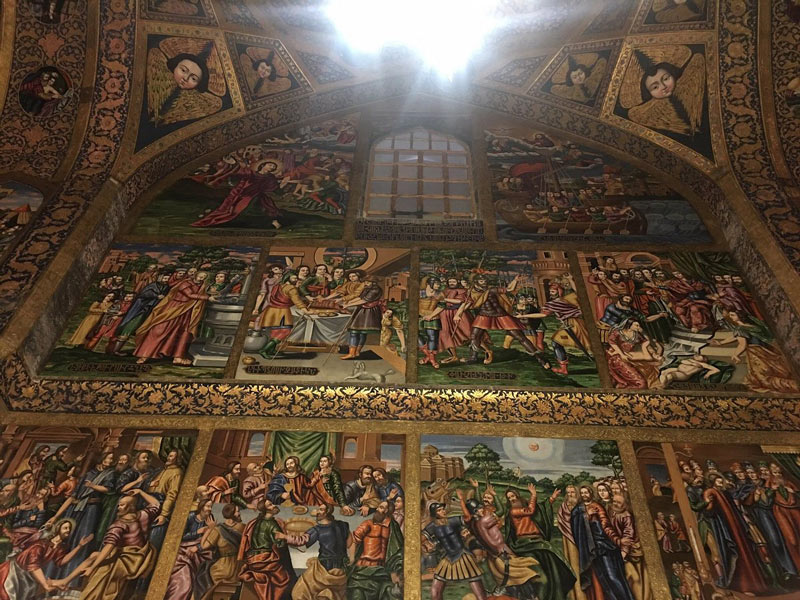


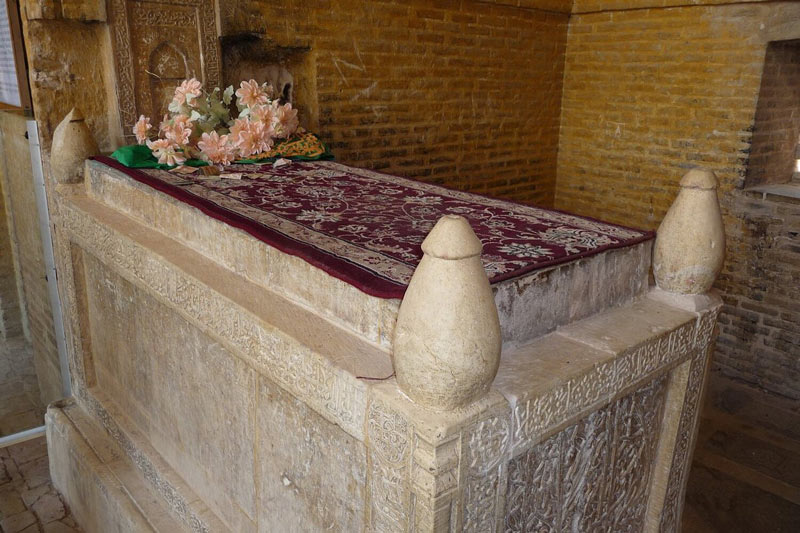
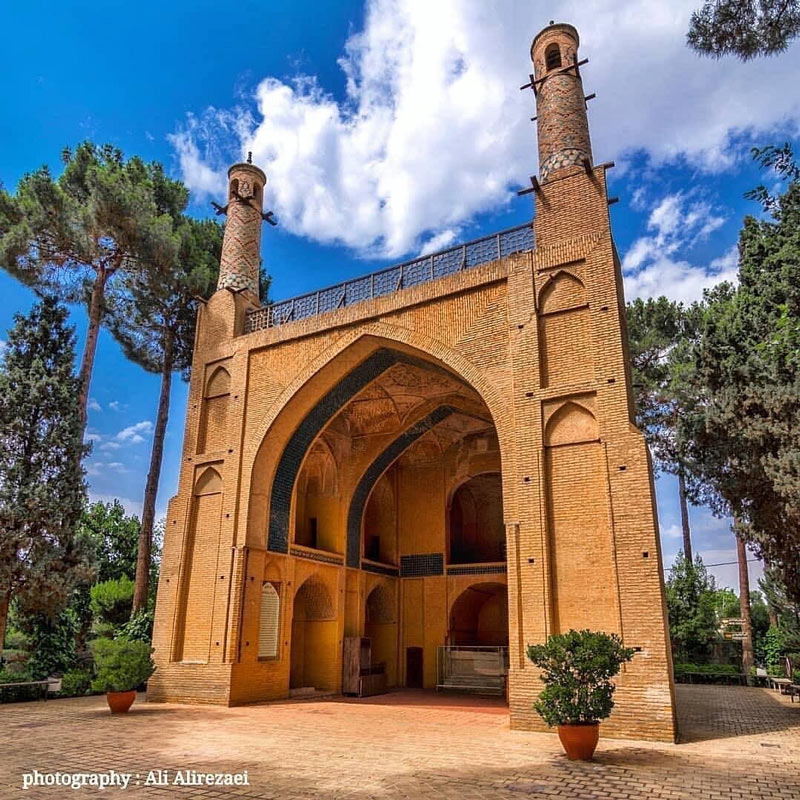



 فارسی
فارسی  русский
русский Française
Française Español
Español Deutsch
Deutsch 中文
中文 العربیة
العربیة